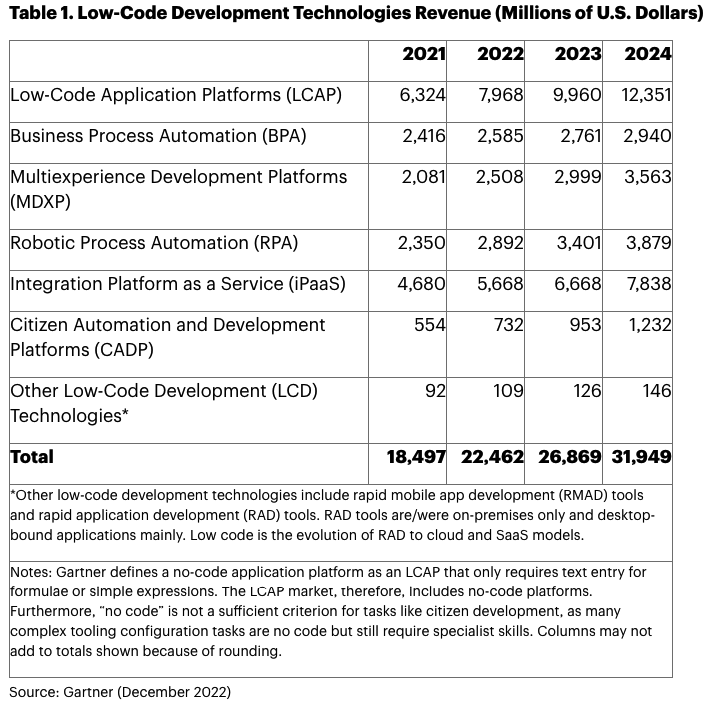To code or not to code that is the question!
Answering this question from the pov of the Low-Code No-Code software delivery paradigm that is gaining fast adoption in the IT space. The Trade-offs and best recommendations.

TL;DR
In this blog we take a detailed look at the impact of low-code-no-code (LCNC) to the web and business software development paradigm and its evolutions. Then we lay it out in the light of a sweetspot rapid web development framework called - Frappe web framework, & the versatility it offers to non-developer (citizen users) to rapidly build meaningful web apps and workflows without any coding at all, at the same time giving the flexibility for coders to write a lot of code, giving room to accommodate any limitations inherent to a strictly low-code no-code (LC-NC) system.
Why the LC-NC paradigm is great
In the recent years, the software development life cycles are seeing a paradigm shift towards the emerging low-code no-code (LCNC) (by design) tools and frameworks cutting across the stack. The trend is prevalent from the backed DB tools, API tools, AI modelling tools to web / mobile and business process automation apps, and near ubiquitous.
Gartner Forecasts Worldwide Low-Code Development Technologies Market to Grow 20% in 2023
Business Technologists, Hyperautomation and Composability Will Drive Low-Code Technology Adoption Through 2026

Some popular Low-code no-code platforms are
The main driver for the paradigm to have gained popularity is, the fact that, it empowers citizen developers (non-coders) to develop software apps, and business workflows, without the need to depend on IT staff a lot, hence enabling mass adoption and democratization of software production. This type of requirement is increasingly gaining importance among enterprise users, especially in the era where lot of excel spreadsheet based enterprise use-cases are being replaced through the adoption of SaaS tools and apps. So the generation of excel power user-base are now a good sizeable target audience for these LCNC tools can cater to.
The paradigm is here to stay and has already found its product market fit in empowering the next generation of enterprise software users with the right tools needed to succeed in the modern IT environment, dominated by digital apps and tools over spreadsheets.
Another benefit of Low-code no-code tools is that it helps in achieving fast and bug free development cycles - which is a great boon for the ever increasing digitization requirements of the modern day tech-enabled businesses of any scale. Because of the boundaries set for what a user can do, the development on such tools are almost 100% bug free (due to the layers of abstraction and built-in validations) - hence saving lot of time for testing for bugs (which is a huge effort and cost savings in software development)
Low code No code tools allow organisations to rapidly digitise their business processes in an agile and iterative fashion - at the same time it ensures significant botton-line cost savings for IT.
Limitations of low code
Most low code tools and frameworks works to solve a particular pointed problem in an opinionated way - but fails to accommodate for larger workflow surface area requirements that might arise during the course of digitization journey of any enterprise. Some of the limitations to that end can be:
- The rigidity that end-users have to live with for the opinionated way how low-code tools are built and conceived at large.
- Non-extensible to accommodate evolving needs of the enterprise and hence lacks flexibility to extend the system to support any complex and advanced digitization requirements for the business that are sure to arise.
The upside benefits of low-code hence has the potential to hits a road block due to the above mentioned limitations
So is NCLC all that good? Is there a sweet spot?
The answer is Yes and No - No because - obviously for the restrictions that the LCNC impose as end-users scope of requirements widens (which is typical in almost all software situations), that will force you out to seek other solutions that can meet the evolving requirements in its entirety.
However what we need in reality is a best of both world solution - which gives enough degree of freedom to extend, inject and sprinkle code in order achieve the features where a rigid and strictly LCNC falls short.
Enterprise software vendors like SAP, NetSuite, Salesforce all have introduced their own flavour of LCNC feature into their product suite to cater to the many benefits that it affords to the end-users.
Frappe web framework is such a framework that is truly a sweet-spot framework for its “hybrid” versatile nature that allows for a good degree of freedom thus overcoming the limitations that generic LCNC tools poses.
Demo
Let us explore how the no code low code features of the frappe framework plays out through an actual demo:
Here is an excellent read about few helpful No-Code Solutions to consider for getting your startup off the ground:
17 no-code apps and tools to help build your next startup.
A quick intro about us: We are Tacten LLP— a Bangalore-India based company that offers full line of services around ERPNext and Frappe. We are a professional team, with a diverse spread of expertise & skills (all under the same roof) for what it takes to successfully deliver enterprise scale digital activations, through our value driven engagements. We deal with solutions for Healthcare, Enterprise and Startups. Contact us now to know more.
Atul-Kuruvilla
Github: pythonpen

No comments yet. Login to start a new discussion Start a new discussion